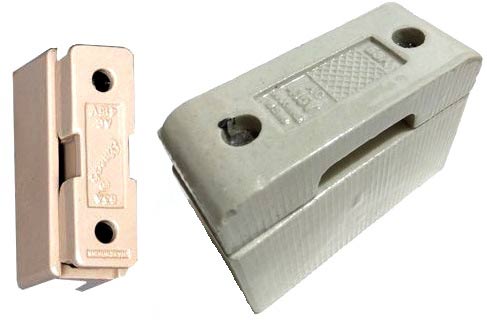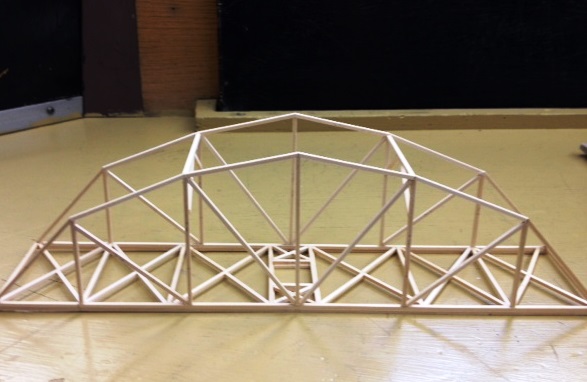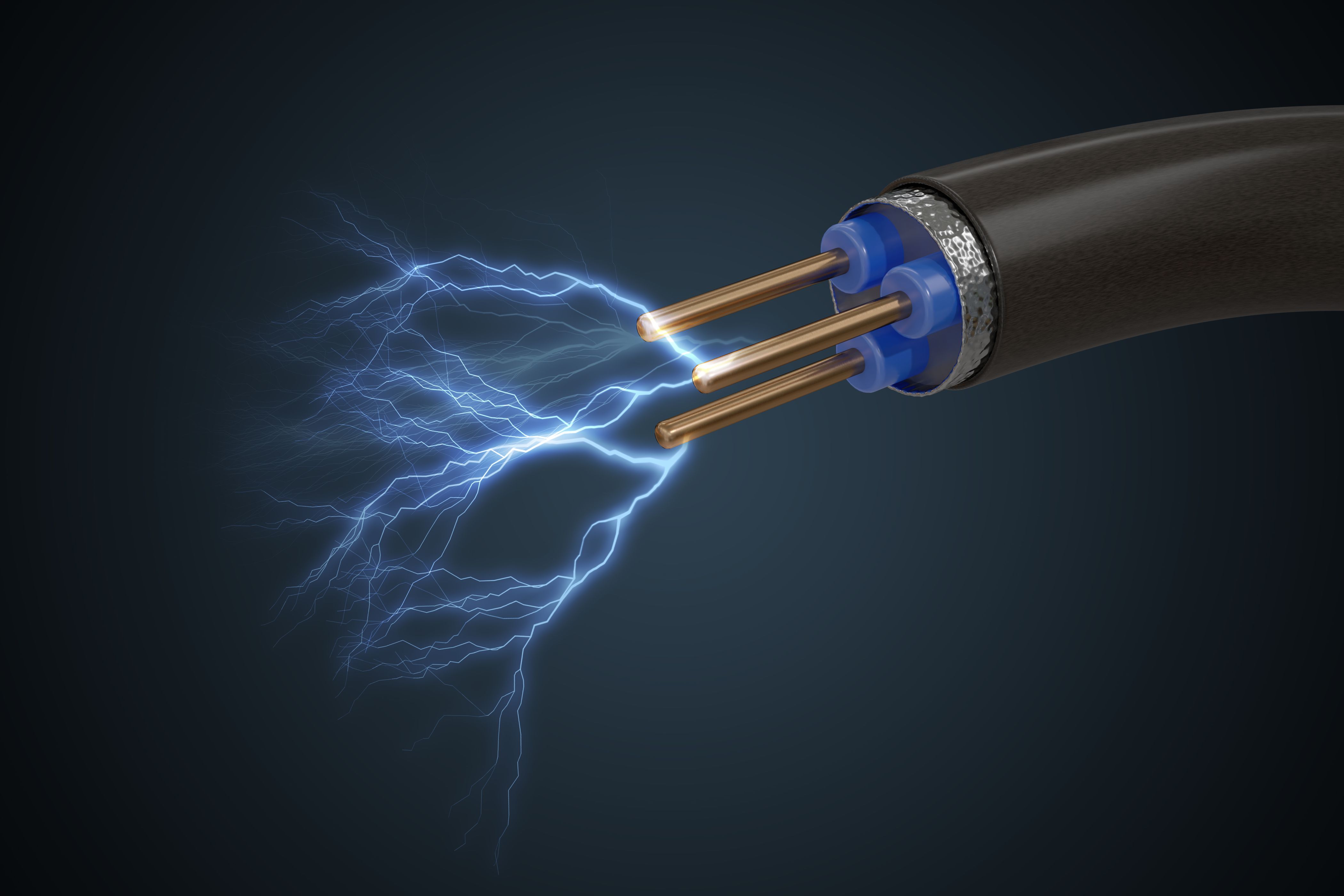Courses by Software
Courses by Semester
Courses by Domain
Tool-focused Courses
Machine learning
POPULAR COURSES
Success Stories
Project - Analysis of a practical automotive wiring circuit
1. Identify each of the major elements in the above automotive wiring diagram. The Major elements in the above wiring diagram ar Battery Generator Distributor Ammeter Fuse Ground/Earth Indicating Light/Beam light Starter Breaker Horn Light Switch/Selector Switch Junction Block Explain the Purpose and working of any…
D Vinay Kumar
updated on 12 Mar 2023
1. Identify each of the major elements in the above automotive wiring diagram.
The Major elements in the above wiring diagram ar
- Battery
- Generator
- Distributor
- Ammeter
- Fuse
- Ground/Earth
- Indicating Light/Beam light
- Starter
- Breaker
- Horn
- Light Switch/Selector Switch
- Junction Block
Explain the Purpose and working of any 3 elements
1. Battery
Batteries are small essential components to operate many devices. It is one of the key components in our day-to-day life. Some batteries are rechargeable batteries and are used in each and every sector. Below are some of the applications of batteries.
- Automotive
- House
- Health Instruments
- Medical
- Logistics and construction
- Firefighting and Emergency
- Military
Electric Vehicle Battery is commonly used in vehicles. This battery is used to power the electric motors of electric vehicles. The batteries of electric vehicles are usually rechargeable. Generally, lithium-ion batteries are used in electric vehicles.
Most car batteries rely on a lead-acid chemical reaction to get things moving and grooving. These batteries fall into the "SLI" category. SLI stands for "starting, lighting, and ignition." This type of battery provides short bursts of energy in order to power your lights, accessories, and engine. Once the battery jolts the engine to life, power for the car is supplied by the alternator. Most vehicles come with a generic SLI battery from the factory.
A typical SLI battery has six cells. Each cell has two plates, or grids: one is made of lead, the other of lead dioxide. Each cell is able to produce about 2-volts of energy. In most car batteries you have six cells, and therefore a 12-volt battery.
- The plates are submerged in sulphuric acid that triggers a reaction between the two plates. In scientific terms, the acid acts as a catalyst.
- This acid will trigger a reaction on the lead dioxide plate, causing the plate to produce two things: ions and lead sulphate.
- The ions produced by the lead dioxide plate react to the adjacent plate to produce hydrogen and lead sulphate.
- The result is a chemical reaction that produces electrons. The electrons race around the plates and generate electricity. The electricity flows out of the battery terminals to start your engine, turn on your headlights, and play the radio.
- This chemical reaction is entirely reversible, which is why you can jumpstart your battery and continue to charge it throughout the duration of its life. By applying current to the battery at just the right voltage, lead and lead dioxide will form on the plates and you can reuse your battery, over and over again
Generator:-
The function of the generator is to supply current for the operation of the ignition system, the lighting system, and all other electrical parts when the engine is running and to replenish the battery after it has supplied current for starting and other purposes when the engine is at rest.
working- Electric generators work on the principle of electromagnetic induction. A conductor coil (a copper coil tightly wound onto a metal core) is rotated rapidly between the poles of a horseshoe type magnet.
Fuse:- Automotive fuses are a class of fuses used to protect the wiring and electrical equipment for vehicles. They are generally rated for circuits no higher than 32 volts direct current, but some types are rated for 42-volt electrical system. They are occasionally used in non-automotive electrical products.


working- A fuse consists of a piece of wire made of a metal or an alloy of an appropriate melting point, for example, aluminum, copper, iron, lead etc. If a current larger than the specified value flows through the circuit, the temperature of the fuse wire increases. This melts the fuse wire and breaks the circuit.
3. If the total load is 10A from battery, what should be the fuse rating?
For selecting the fuse, fusing factor can be selected anywhere between 1.2 to 2
Selecting fusing factor, f = 1.5 ( 50 % more than the load current )
Fuse current rating = Load current x fusing factor = 10 x 1.5 = 15 A
4. If 500W is the load, what is the voltage and capacity of battery you recommend?
i.e in 1 hour, the energy consumed by the load = 500 VAh
Assuming, the load must run for 5 hours continuously
Then total energy consumed by the load = 500 x 5 = 2500 VAh
Taking, battery voltage, V = 12 V
Battery capacity x Battery run time = Total energy consumed by the load
Then Battery capacity = 2500 / 12 = 208.3 Ah ~ 210 Ah
5. Identify any two elements which are connected parallel to each other. Why they are connected in parallel?
Tail stop lamps to each other
The lamps are connected in parallel in electrical circuit. This is due to the fact that, if they are connected in series, while passing thorugh the first lamp, the current encounters a resistance and while passing through the next, the resistance doubles up in the entire circuit. This causes the current through the circuit to get halved leading to the feeble glow of the bulb. Hence such componenents are always connected in parallel making the current to encounter resistance only once.
And also if one light gets damages it should not effect the other light
6. Identify any two elements which are connected in series. Why they are connected in series?
- gas tank unit and fuel gauge
The gas tank unit and fuel gauge are connected in series to enhance the 'communication' between the two elements. Here the changes in the fluid level can lead to a resistance change in the circuit. This resistance change can be linked directly to the gauge needle for graphical representation on the vehicle dashboard
Leave a comment
Thanks for choosing to leave a comment. Please keep in mind that all the comments are moderated as per our comment policy, and your email will not be published for privacy reasons. Please leave a personal & meaningful conversation.
Other comments...
Be the first to add a comment
Read more Projects by D Vinay Kumar (28)
Project - Analysis of a practical automotive wiring circuit
1. Identify each of the major elements in the above automotive wiring diagram. The Major elements in the above wiring diagram ar Battery Generator Distributor Ammeter Fuse Ground/Earth Indicating Light/Beam light Starter Breaker Horn Light Switch/Selector Switch Junction Block Explain the Purpose and working of any…
12 Mar 2023 12:54 PM IST
Week 14 challenge
OBJECTIVE: The main objective of this project is to understand the fundamentals of GD&T and apply them to the design of a butterfly valve using Siemens NX. METHODOLOGY: For…
06 Nov 2022 08:06 AM IST
Project 2
Objective: To route the Wiring harness on Given car body and Prepare flatten view drawing in CATIA V5 by applying all the packing rules add the protrction covering. Packaging rules and assumptions made in this project: Avoid harness routing and clipping in a blind zone. Avoid harness routing through the small structural…
14 Oct 2022 04:13 PM IST
Project 1
Aim : TO route the wiring haress on given Engine and prepare Flatten view drawing by applying all packaging rules and protection covering as required Introduction: The automotive wiring harness consists of an electrical harness and the mechanical harness in the design. The current project is focused on the mechanical…
11 Oct 2022 04:27 PM IST
Related Courses






0 Hours of Content

Skill-Lync offers industry relevant advanced engineering courses for engineering students by partnering with industry experts.
Our Company
4th Floor, BLOCK-B, Velachery - Tambaram Main Rd, Ram Nagar South, Madipakkam, Chennai, Tamil Nadu 600042.
Top Individual Courses
Top PG Programs
Skill-Lync Plus
Trending Blogs
© 2025 Skill-Lync Inc. All Rights Reserved.








